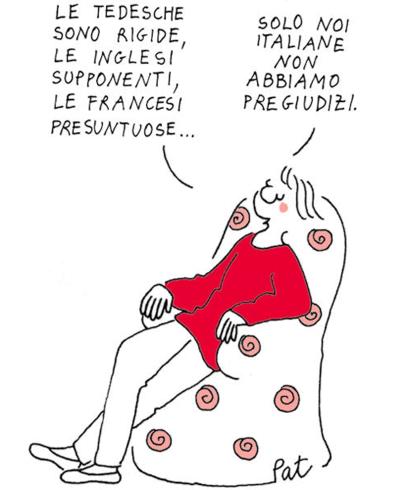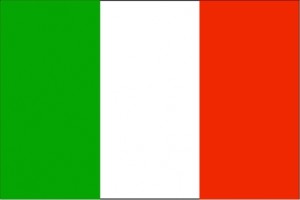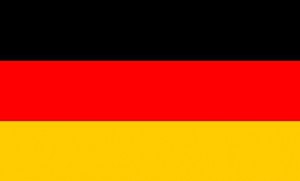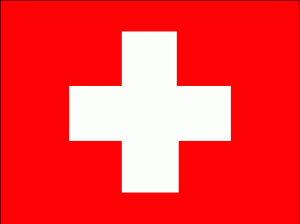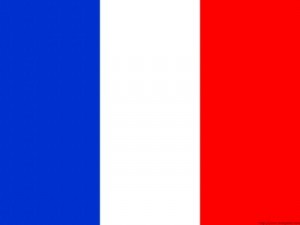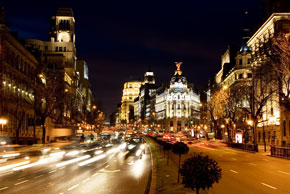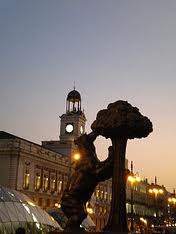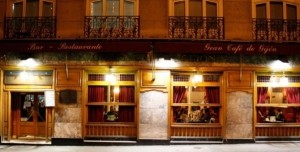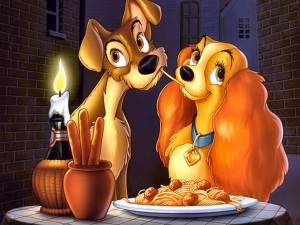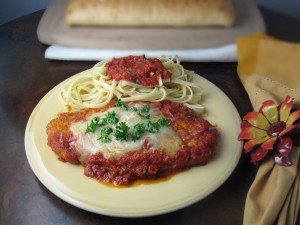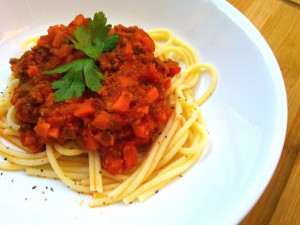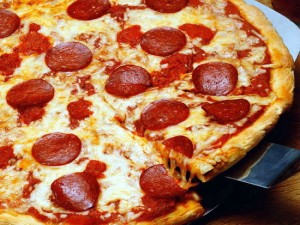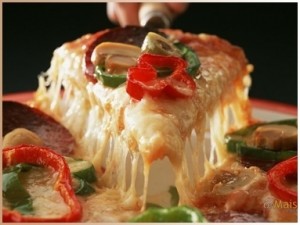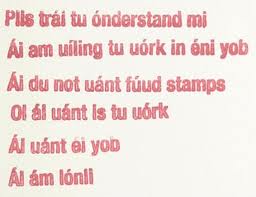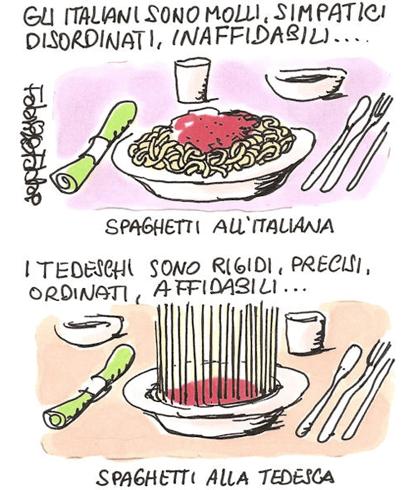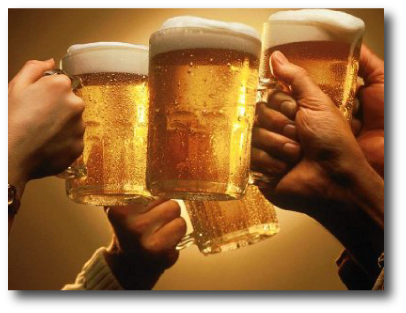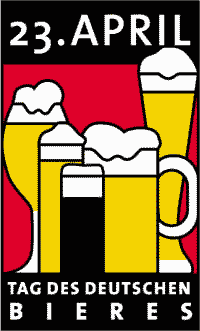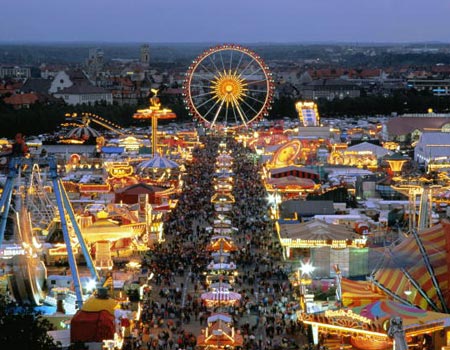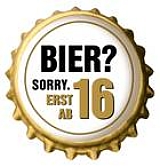Die Essgewohnheiten der Deutschen bestehen aus das Frühstück, das Mittagessen und das Abendbrot (oder Abendessen).
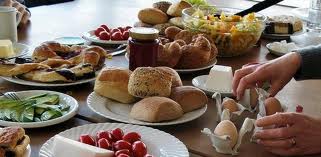
Das Frühstück ist die erste Mahlzeit des Tages. Die typischen Speisen und Getränke sind die Backwaren mit Aufstrich (Brötchen, Brot), Wurst, Käse, Honig, Marmelade, Joghurt, Obst, Spiegelei und Frühstücksspeck in Deutschland. Das heisse Getränk ist in der Regel Kaffe, Milch, Kakao oder Tee.
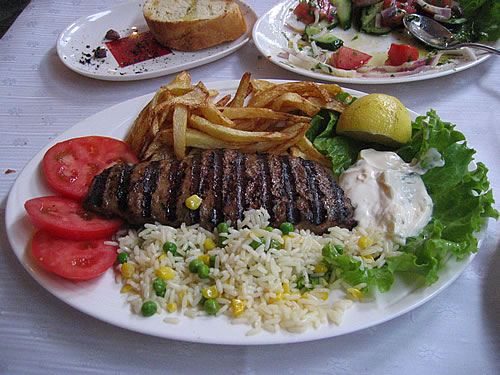
Das Mittagessen wird zwischen zwölf und ein Uhr in Deutschland gegessen und das klassische deutsche Mittagessen besteht aus Kartoffeln, Gemüse und Fleisch (oder Fisch). Es wird auch Mittagbrot, Zmittag oder Dejeuner genannt (sie sind regionale Varianten).
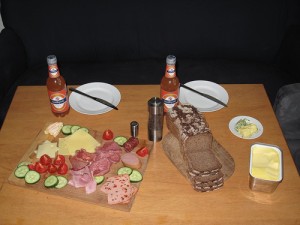
Das Abendbrot (auch Abendessen und Abendmahlzeit) wird um sechs Uhr serviert undesgeht um eine kalte Mahlzeit. Verschiedene Brotsorten, Käse, Wurstaufschnitt, Salat und Suppe sind typisch… mit einem Bier!
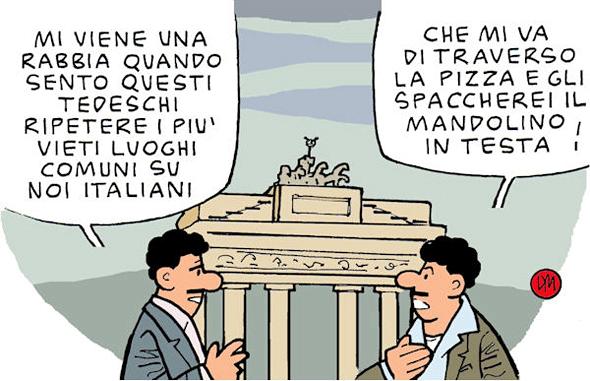 “Ich werde stocksauer, wenn ich diese Deutschen höre, die immer abgedroschene Gemeinplätze über uns Italiener wiederholen!”
“Ich werde stocksauer, wenn ich diese Deutschen höre, die immer abgedroschene Gemeinplätze über uns Italiener wiederholen!”